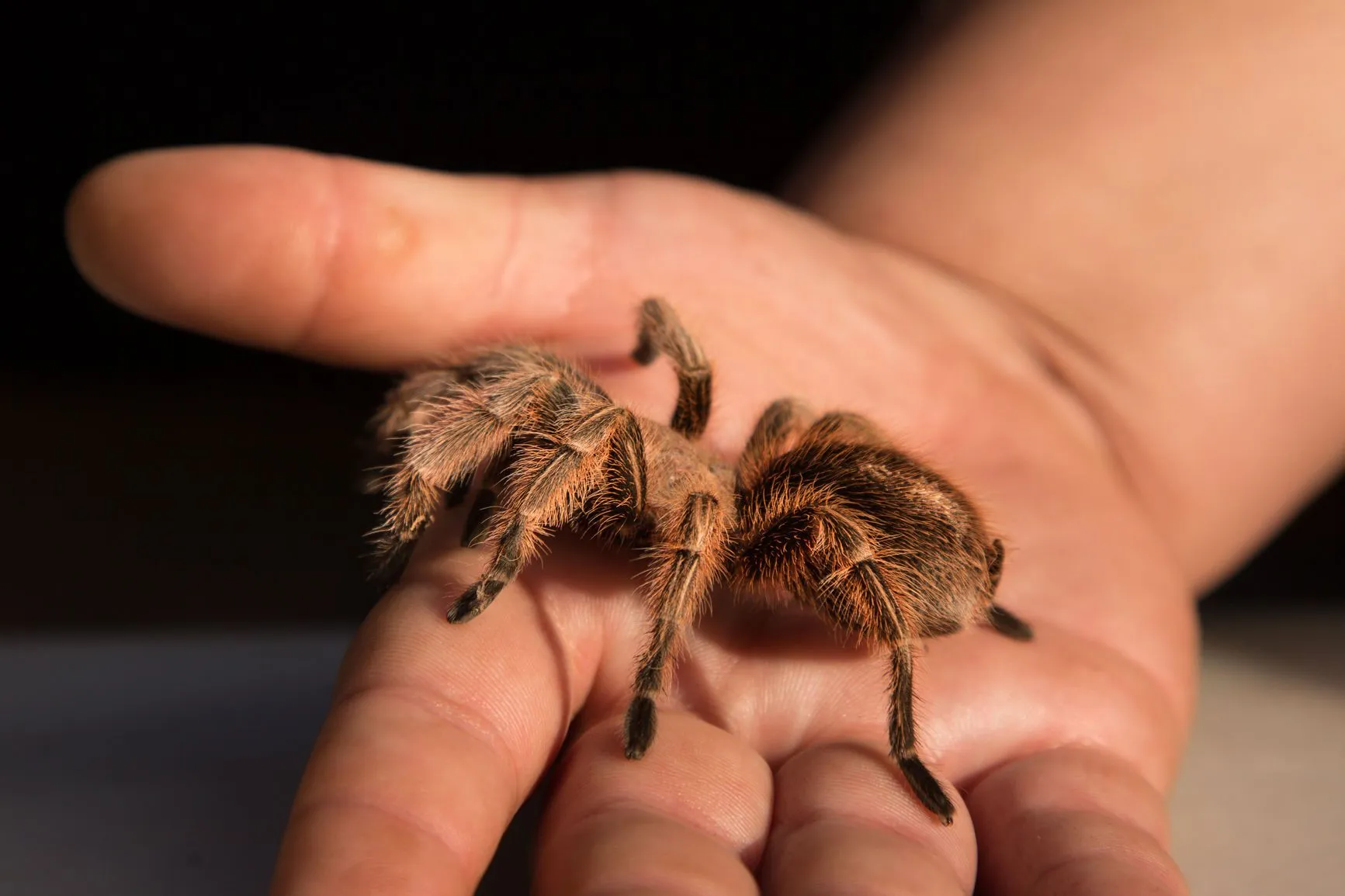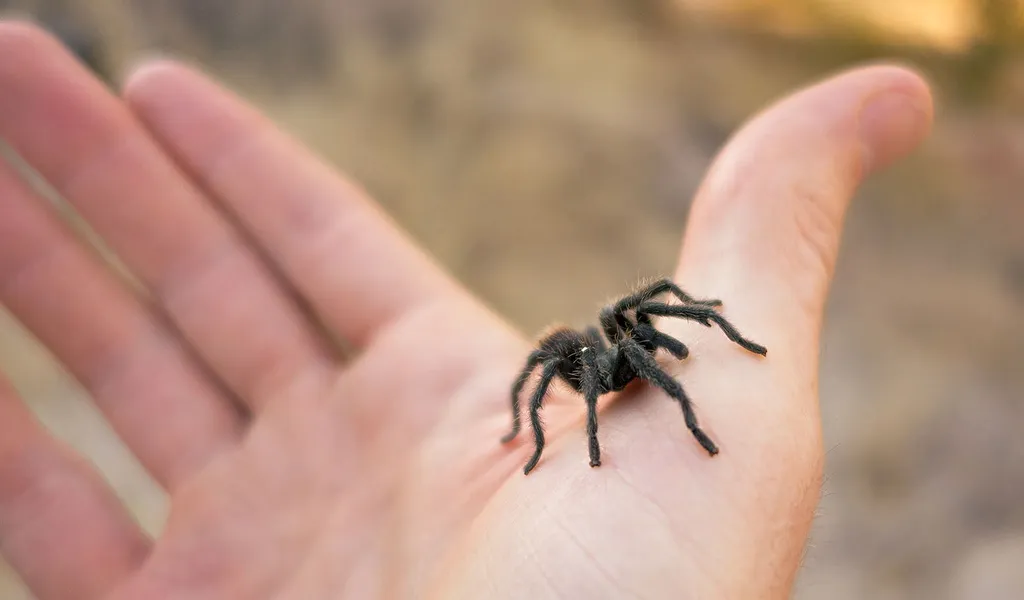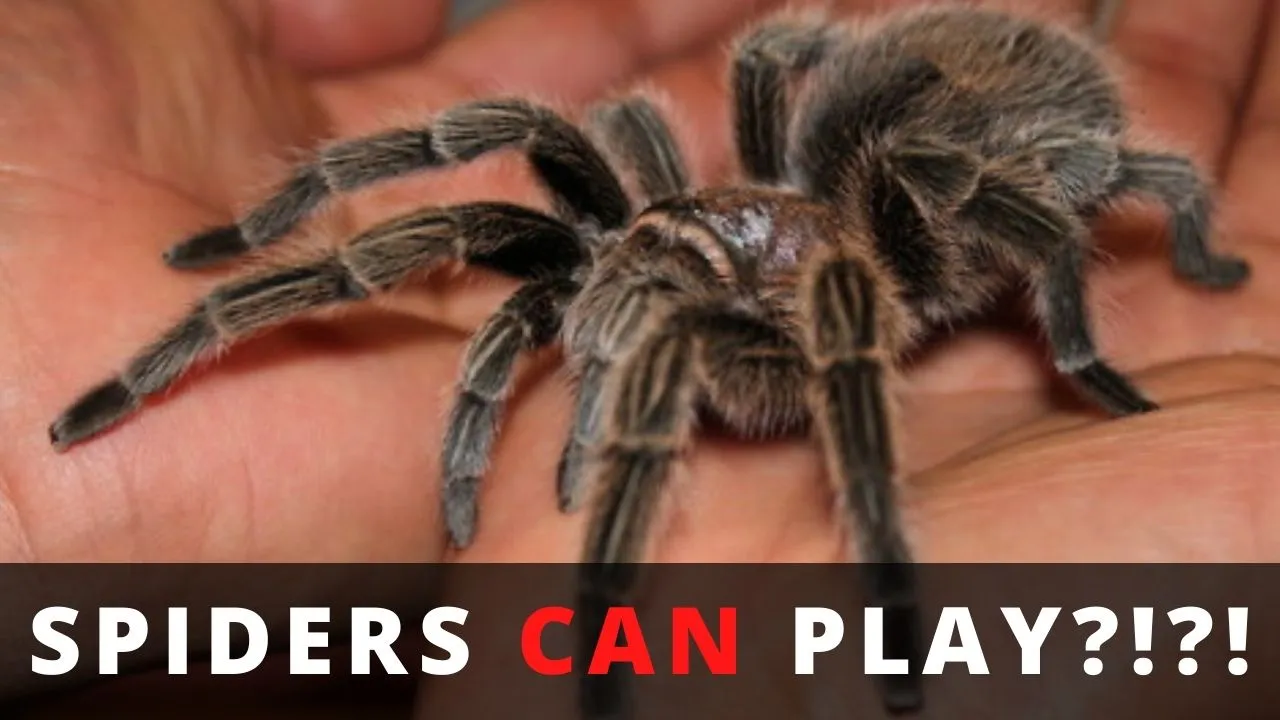Tarantula Playtime Guide 5 Amazing Tips!
Bringing a tarantula into your home can be an incredibly rewarding experience. These fascinating creatures offer a unique window into the world of arachnids, and while they may not be the typical cuddle buddies, there are ways to interact and even ‘play’ with your pet tarantula in a safe and enriching manner. This guide will provide you with five amazing tips to ensure a positive and stress-free experience for both you and your eight-legged friend. Remember, the well-being of your tarantula should always be your top priority, and playtime should be viewed as a way to enhance their environment rather than a necessity.
Understanding Your Tarantula’s Behavior
Before you even consider playtime, it’s crucial to understand your tarantula’s behavior. Tarantulas are solitary creatures and generally prefer to be left alone. Their interactions with humans differ greatly from those of more conventional pets. Observing your tarantula in its enclosure is the best way to learn about its temperament and preferences. A healthy and content tarantula will typically be active, exploring its enclosure and exhibiting natural behaviors like burrowing, hunting, and web-spinning. Understanding these behaviors will help you recognize signs of stress or discomfort.
Recognizing Signs of Stress or Discomfort

Tarantulas, unlike dogs or cats, cannot vocalize their feelings. Therefore, you must be vigilant in observing their body language for any signs of stress or discomfort. Some key indicators include a tarantula kicking hairs from its abdomen (a defensive mechanism), a tense posture, rapid movements, or a refusal to eat. If you notice any of these behaviors, it’s crucial to cease any interaction immediately and allow your tarantula to retreat to its enclosure. Over time, you will become more attuned to your tarantula’s specific personality and be able to recognize the subtle cues that indicate its comfort level.
Preparing for Playtime
Once you’ve established a good understanding of your tarantula’s behavior and are confident in its comfort level, you can begin to prepare for playtime. This preparation involves creating a safe and stimulating environment and selecting the right tools for interaction. Remember that playtime should be a controlled and supervised activity, always prioritizing the tarantula’s well-being. Never force interaction; instead, encourage your tarantula to engage at its own pace. Patience is key, and not all tarantulas will enjoy or even tolerate handling.
Choosing the Right Playtime Environment
The environment you choose for playtime is paramount. It should be a secure, enclosed space that prevents escapes and minimizes stress. A large, clear container with a secure lid is ideal. This allows for easy observation and reduces the risk of your tarantula fleeing or becoming injured. The container should be free of sharp edges or potential hazards. It’s crucial to ensure the chosen environment mimics the conditions of its enclosure, especially regarding temperature and humidity. The goal is to create a space where your tarantula feels safe and can explore or interact without feeling threatened.
When choosing an environment, consider the size of your tarantula. A smaller tarantula may be comfortably handled in a smaller container, while a larger one will require more space. The objective is not just to contain your tarantula but to provide it with a place it can investigate and move around in, reducing any sense of being trapped. Remember to disinfect the environment before each playtime session thoroughly to prevent contamination.
Selecting Appropriate Playtime Tools

Avoid bare hands; tools are essential for any interaction with a tarantula. A soft-bristled paintbrush can gently coax your tarantula onto a surface or guide it around. Long tweezers can be used to offer food or move small items. Never use your fingers to pick up or handle a tarantula unless absolutely necessary and with extreme caution. The main goal is to provide safe interaction options that reduce the risk of stress for the tarantula and potential injury to you. Ensure any tools you select are clean and have no sharp edges.
The 5 Amazing Tips for Tarantula Playtime
Tip 1 Gentle Handling Techniques
If you choose to handle your tarantula (which is not always necessary or recommended), use extremely gentle handling techniques. Approach your tarantula calmly and slowly, and allow it to move at its own pace. Never grab or squeeze your tarantula. Instead, gently guide it onto your hand or a soft surface. Support the tarantula’s body, and avoid sudden movements. Always be prepared for the tarantula to move unexpectedly. Washing your hands beforehand helps remove any scents that might disturb the tarantula and to protect both you and your pet.
Tip 2 Observe Body Language

Constantly monitor your tarantula’s body language during playtime. As mentioned earlier, watch for signs of stress, such as kicking hairs, a defensive posture, or rapid movements. If you observe any of these, immediately cease the interaction and allow the tarantula to return to its enclosure. Understanding these signals is crucial for ensuring a safe and positive experience. Even if the tarantula appears calm, a sudden noise or movement can startle it, so proceed with caution and observe its every move.
Tip 3 Provide Enrichment Activities
Beyond handling, consider providing enrichment activities to stimulate your tarantula. This could include rearranging items in its enclosure, adding new decorations like cork bark or artificial plants, or offering different types of food. Introducing new elements in the enclosure encourages exploration and mimics the variety your tarantula would encounter in the wild. Enrichment isn’t just about fun; it helps to prevent boredom and promotes natural behaviors. Always ensure any new additions are safe and non-toxic.
Tip 4 Maintain a Safe Environment
A safe environment is not just about the immediate surroundings but also the overall habitat. Ensure the enclosure is properly secured to prevent escapes. Control the temperature and humidity levels to match the tarantula’s needs, as these factors significantly impact the well-being of your pet. Clean the enclosure regularly to remove any waste and uneaten food. A clean environment minimizes stress and reduces the risk of disease. Proper maintenance is essential for the health and longevity of your tarantula.
Tip 5 Positive Reinforcement and Patience

Positive reinforcement is critical for any positive interaction with your tarantula. This means rewarding the tarantula’s calm behavior, not forcing interaction. Patience is the most important asset. Not every tarantula will enjoy being handled or interacting with you. Respect your tarantula’s preferences. Never force an interaction. If it shows signs of stress, end the session. If your tarantula eats when you offer food, then you have achieved positive reinforcement.
Post-Playtime Care and Observation
After playtime, it is essential to provide your tarantula with post-playtime care. This includes providing fresh water, returning it to its enclosure, and monitoring its behavior. This will help ensure your pet’s continued health and well-being. Playtime should always be an enjoyable experience for your pet tarantula; it is a privilege, not a requirement.
Monitoring for Any Unusual Behavior
After playtime, carefully observe your tarantula for any unusual behavior. Watch for changes in eating habits, activity levels, or overall demeanor. Some tarantulas may take a few days to settle back into their routine, while others may appear unaffected. If you notice any concerning signs, consult with an experienced tarantula keeper or a veterinarian specializing in exotic animals. Addressing any issues promptly will help ensure your tarantula’s long-term health.
Ensuring Proper Hydration and Nutrition

Ensure your tarantula has access to fresh water and is eating well after playtime. Dehydration and lack of proper nutrition can be signs of stress or a lack of care. Always maintain the correct temperature and humidity levels in the enclosure to support your tarantula’s health. A well-fed and hydrated tarantula is generally a happy and healthy one, and this helps reduce any post-playtime stress. Regularly check the water dish, and remove any uneaten food to maintain a clean and healthy environment.
